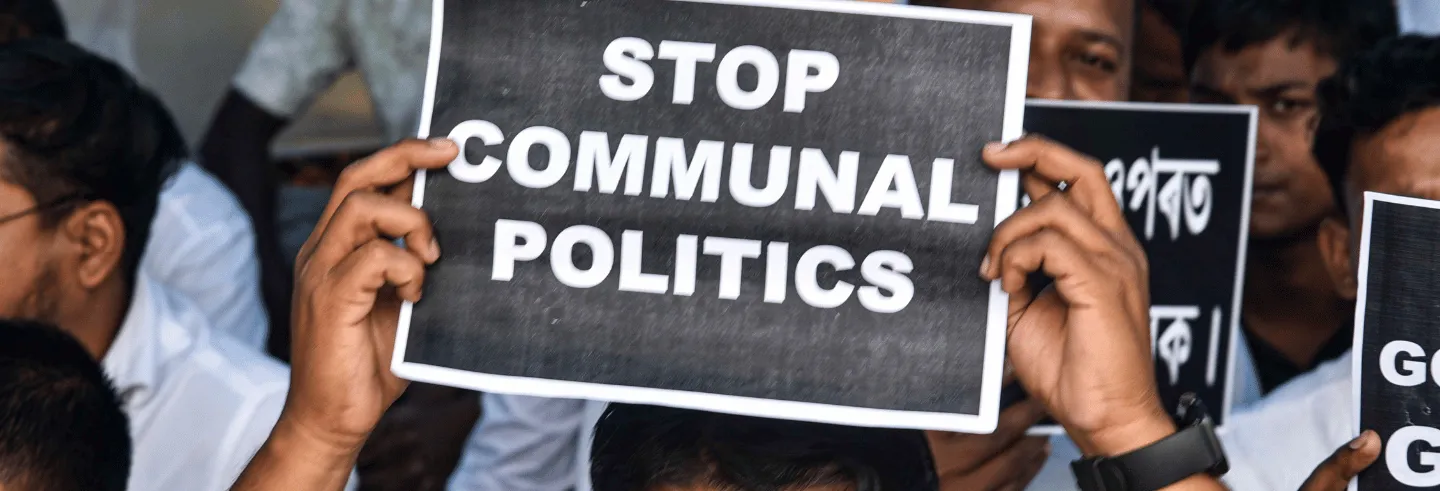The Lok Sabha approved the Waqf (Amendment) Bill, 2024 on 3 April 2025, and the Rajya Sabha followed suit on 4 April 2025. After the President’s assent, it became the Waqf (Amendment) Act, 2025 on 8 April 2025. That very week, several petitions arrived in the Supreme Court contesting the Act’s constitutionality and its provisions that allow government officers to presume waqf properties to be state assets and “de-notify” them without full judicial review.
In an earlier article jointly authored with Nabeela Jamil, “Wakf Reforms, or a Bid to Control Waqf Properties?”, I had dealt with the concept of waqf, the history of statutory regulations on waqf in India, and the general nature of the Waqf (Amendment) Bill of 2024 before it went before a Joint Parliamentary Committee (JPC) constituted by the government. The JPC’s report was contentious and passed by a narrow margin. Nevertheless, the Parliament went on to enact the amendment, incorporating two major new provisions, based on the findings of this report.
A formally declared waqf property can be stripped of its legal protection solely on the basis of a government assumption.
Immediately after this, petitions were filed in the Supreme Court challenging the validity of the provisions brought in by the Waqf (Amendment) Act, 2025. An order has been passed by the Supreme Court. This order indicates that the constitutionality of the amendments is not as sound as the government has claimed. A large part of civil society and the Muslim community have already condemned the provisions brought in through the amendments, which have disturbed key aspects of the Waqf Act, 1995.
If we try categorising these key aspects, they relate to (i) interventions of public authorities using statutory powers; (ii) creating new waqfs; (iii) Waqf Boards and the Central Waqf Council administering waqf properties; and (iv) protecting waqf properties from existing general laws. I hope to discuss each of these aspects in a series of articles. Here, I intend to deal with only Sections 3C and 3D of the new Act, which relate to the interventions of public authorities by using statutory powers.
Power of Designated Officer
The introduction of Section 3C is one of the most disturbing aspects of the Waqf (Amendment) Act, 2025. It stipulates that any asset “identified or declared as Waqf property” but held or claimed by the government will no longer be recognised as waqf property. This effectively overrides any declaration based on documentary evidence or long-term use, substituting a presumption of state ownership. If no one contests this government assumption, the property passes into government hands with no option for appeal. Thus, a formally declared waqf property can be stripped of its legal protection solely on the basis of a government assumption.
This assumption of the government is based on a high level of arbitrariness and institutionalised prejudice against declared waqf property. The statute proceeds to state that if any question arises as to whether any “such property” is government property, the state will appoint an officer who will conduct an enquiry into it. It is clear from this that an assumption is initially created that a declared waqf property is government property, and then an enquiry is conducted by a government-nominated officer (not a judicial agency). Obviously, this government officer cannot be independent for two reasons—first, because the assumption of this being government property has already been created, and, second, because his or her personal prejudices and biases on such issues come in the way. So, the enquiry is eyewash.
During an enquiry, the amendment says, a property shall “not be treated to be Waqf property” till the designated officer submits his or her report. No one knows how much time the officer can take to give a report to the government, which meanwhile assumes it is the owner of the property. This section further mandates that if the enquiry report is in favour of the government, then it shall make “necessary corrections in revenue records”. It is obvious from this that the government can directly change the revenue record in its favour. What kind of mechanism is this?
While the process goes on, government organisations such as panchayats and municipalities and the subordinate offices of different bodies of the government become de facto owners of the waqf property.
There is no doubt that the designated officer’s report in favour of government can be challenged in tribunals and higher courts. However, a major concern that has come to light recently is the lack of consistency in how the law is interpreted and applied. The system shows no uniformity in the time it takes to resolve disputes—some are decided quickly, while others linger for years despite repeated appeals through the judicial hierarchy. The implications of updating revenue records in the government’s favour are well understood. It is no secret that once revenue records are altered and supported by a government-appointed officer’s report, irreversible changes can occur on the ground before a final decision is reached.
Another important aspect emerging from this section is that the term “Government property” is defined as any movable or immovable property belonging to a “Government organisation”, which, according to the amendment, includes the central government, the state governments, municipalities, panchayats, subordinate offices, autonomous bodies of the central government or state governments, and any organisation or institution owned and controlled by the central or state governments. There cannot be any wider imagination of the length and breadth of “Government property”.
In this tightly knit cobweb, the waqf is almost gone before the matter gets decided by a tribunal or higher court. While the process goes on, government organisations such as panchayats and municipalities and the subordinate offices of different bodies of the government become de facto owners of the waqf property. In other words, this could be called a demonstration of the principle that might is right.
Addition of Section 3D
Another serious concern has to do with Section 3D, which has been added to the Ancient Monuments and Archaeological Sites and Remains Act, 1958 (AMASR Act). It says that a declaration or notification of waqf shall become “void” if the property was a “protected monument” under the AMASR Act at the time this was done. The object of the AMASR Act is to preserve ancient and historical monuments and archeological sites of national importance. It is not to take over the ownership of a monument for the government until the land and building is purchased or acquired by invoking the law for land acquisition.
It is also clear from Section 16 of the AMASR Act that the Archaeological Survey of India is duty bound to see that “a place of worship or shrine shall not be used for any purpose inconsistent with its character”. This means that the government is bound to maintain the original character of the monument and the original character of a mosque. The original character cannot be maintained without observing the very basic purpose for which the mosque was created—for offering namaz and other associated religious activities. The original intention was not to make a protected monument to be regulated under a future law on ancient monuments. Once a mosque is constructed, it shall always remain a mosque, which is, by its use itself, a waqf.
The Muslim Personal Law (Shariat) Application Act, 1937 clearly states that all personal law-related issues, including waqfs, shall be governed according to the Muslim Personal Law (Section 2 of the Act). Existing common law, as well as Islamic law, states that once a waqf, always a waqf. Though the Archaeological Survey of India does not acquire a monument to observe namaz in the mosque, the offering of namaz is the basic and sole character of a mosque, which cannot be separated from it. There are hundreds of mosques in the country where namaz is not permitted or where it is permitted but very strictly regulated to the extent of excluding Islamic religious activities.
The current administration dismisses Muslim identity and explicitly rejects the community’s legitimate claims to historic mosques, which previous governments had formally declared as protected monuments.
The government has carved out provisions under the Ancient Monuments and Archaeological Sites and Remains Rules, 1959 to regulate and exclude the original activities of religion. Rule 4 gives the director general the power to close any protected monument or a part of it, permanently or for a specified period. Rule 5 has a list of monuments and the specified hours during which they are open. Monuments not listed there remain open from sunrise to sunset. Yet, regulating the essential attributes of a mosque in this manner is a very arbitrary exercise.
Ironically, the central government gives permission, under Rule 7, to hold conferences and entertainment programmes. Under the AMASR Act, such events may only be allowed to the extent that they help preserve the building and its monuments. The Act does not empower authorities to curb or govern the religious activities that give a structure its character once it is declared a “protected monument”. Now, Section 3D of the Waqf (Amendment) Act, 2025 can be invoked to void every notification or declaration of waqf property. Religious buildings ought not to be seized in this way, yet this amendment effectively layers a new statutory power on top of the AMASR framework.
This is, in my opinion, a striking example of unbridled majoritarianism and authoritarianism, both rooted in biases and prejudices against the country’s Muslim community. The current administration dismisses Muslim identity and explicitly rejects the community’s legitimate claims to historic mosques, which previous governments had formally declared as protected monuments.
M.R. Shamshad is a senior advocate at the Supreme Court of India.









